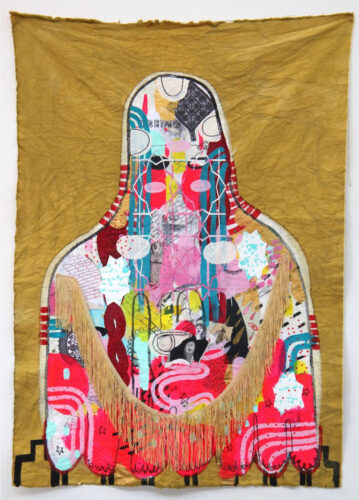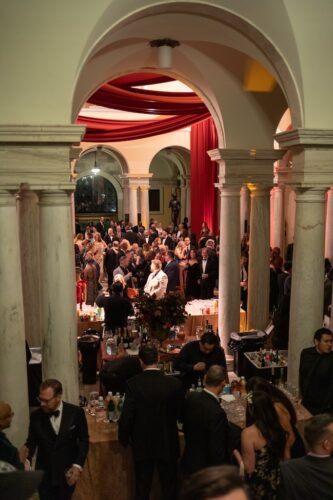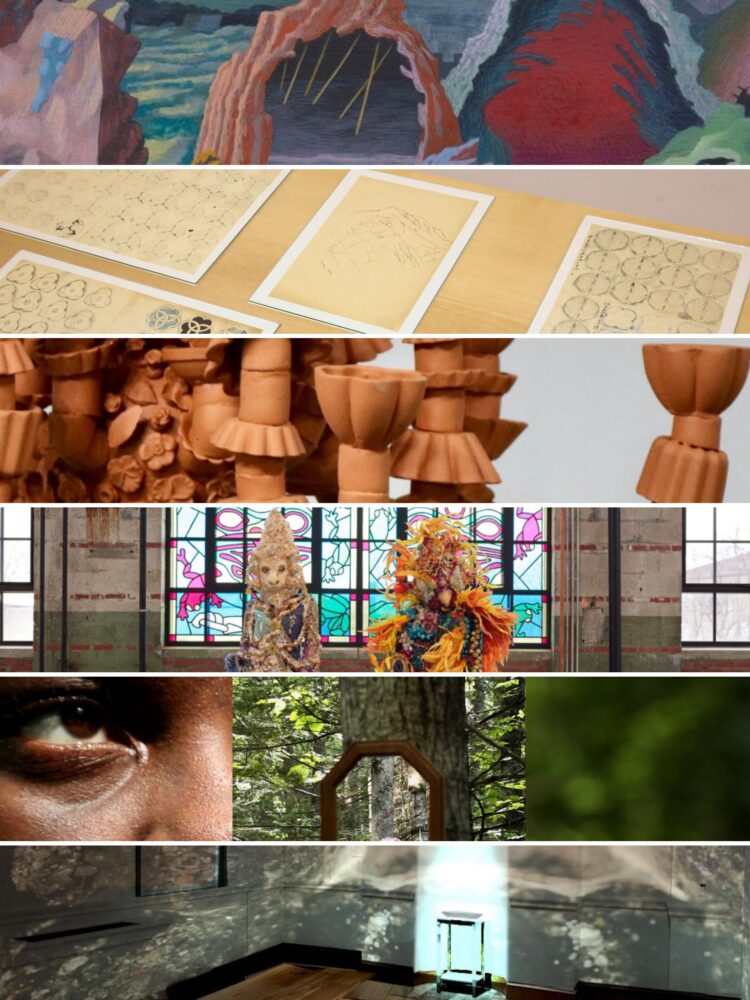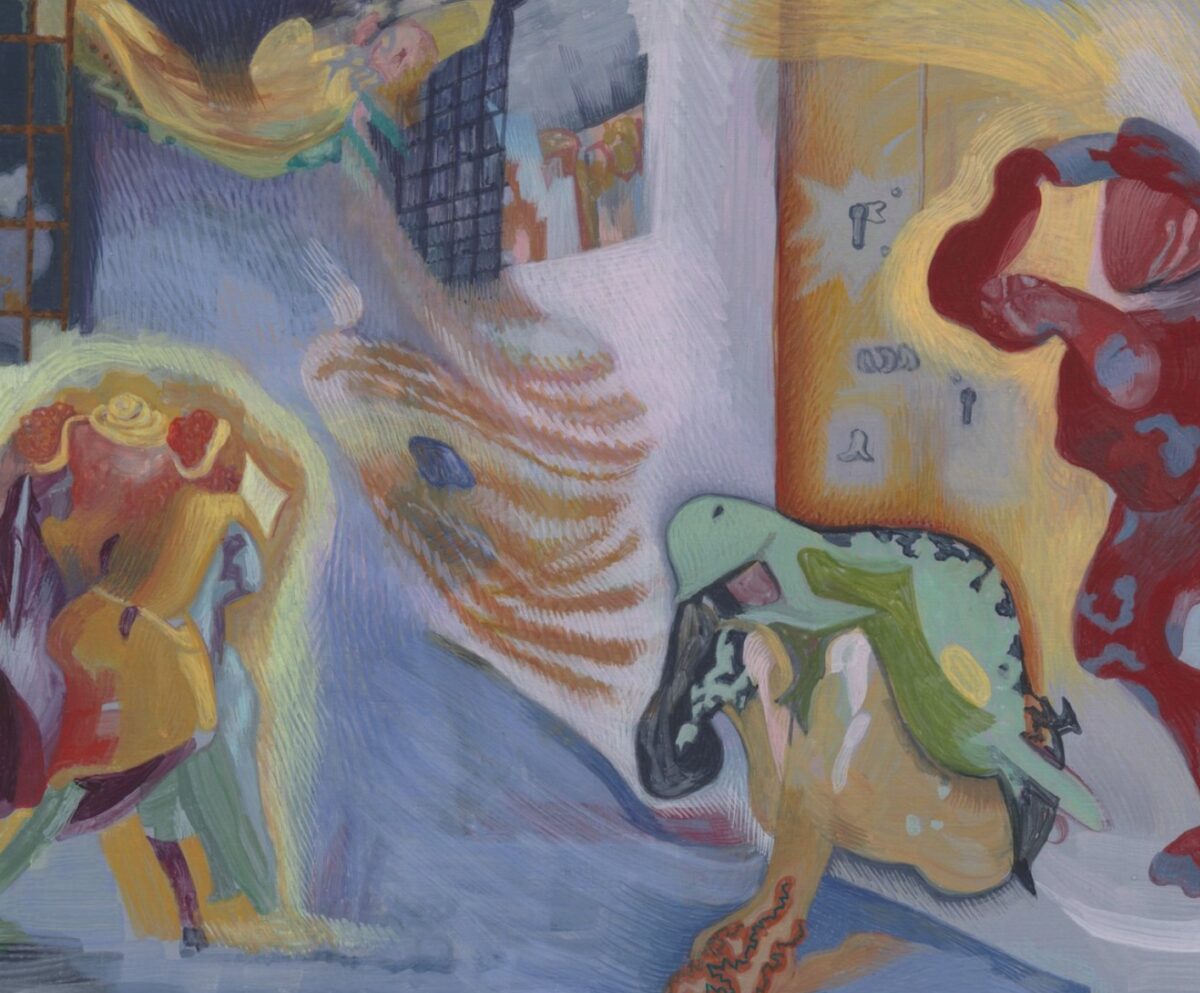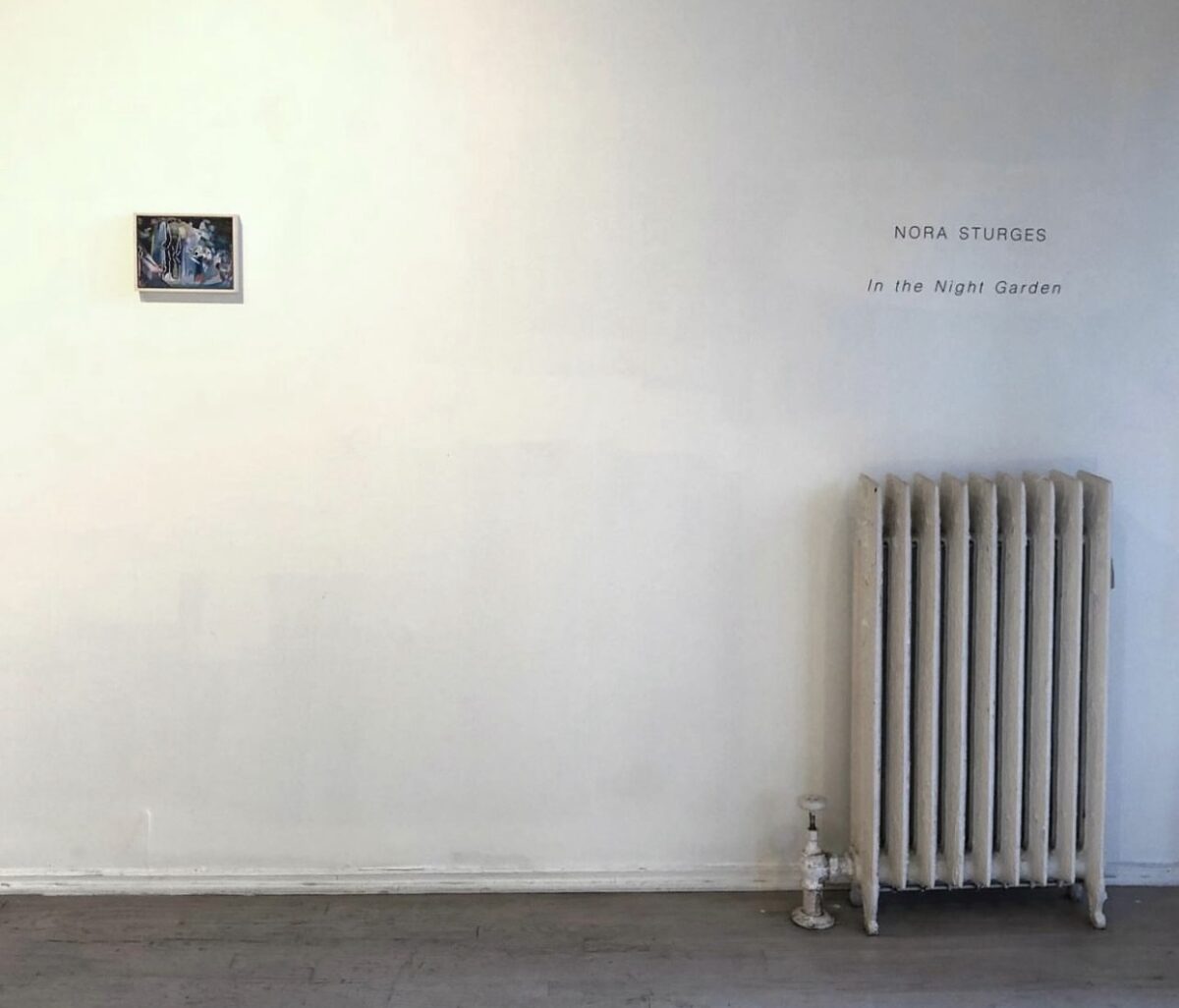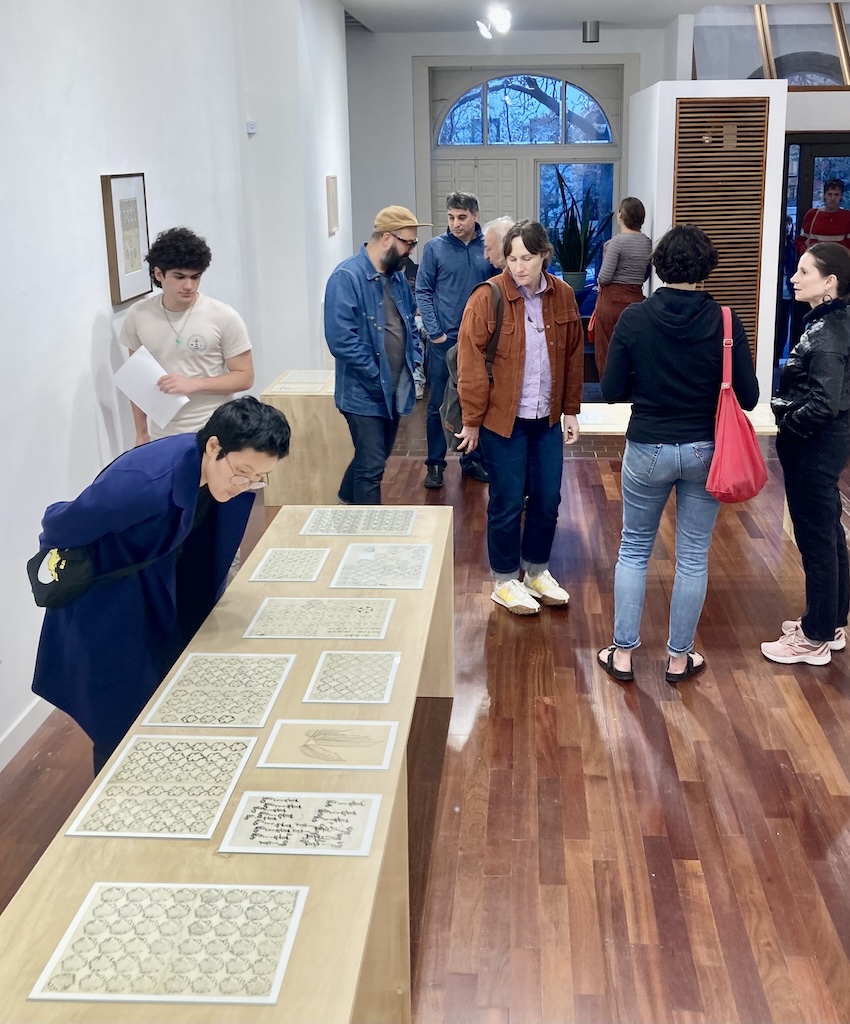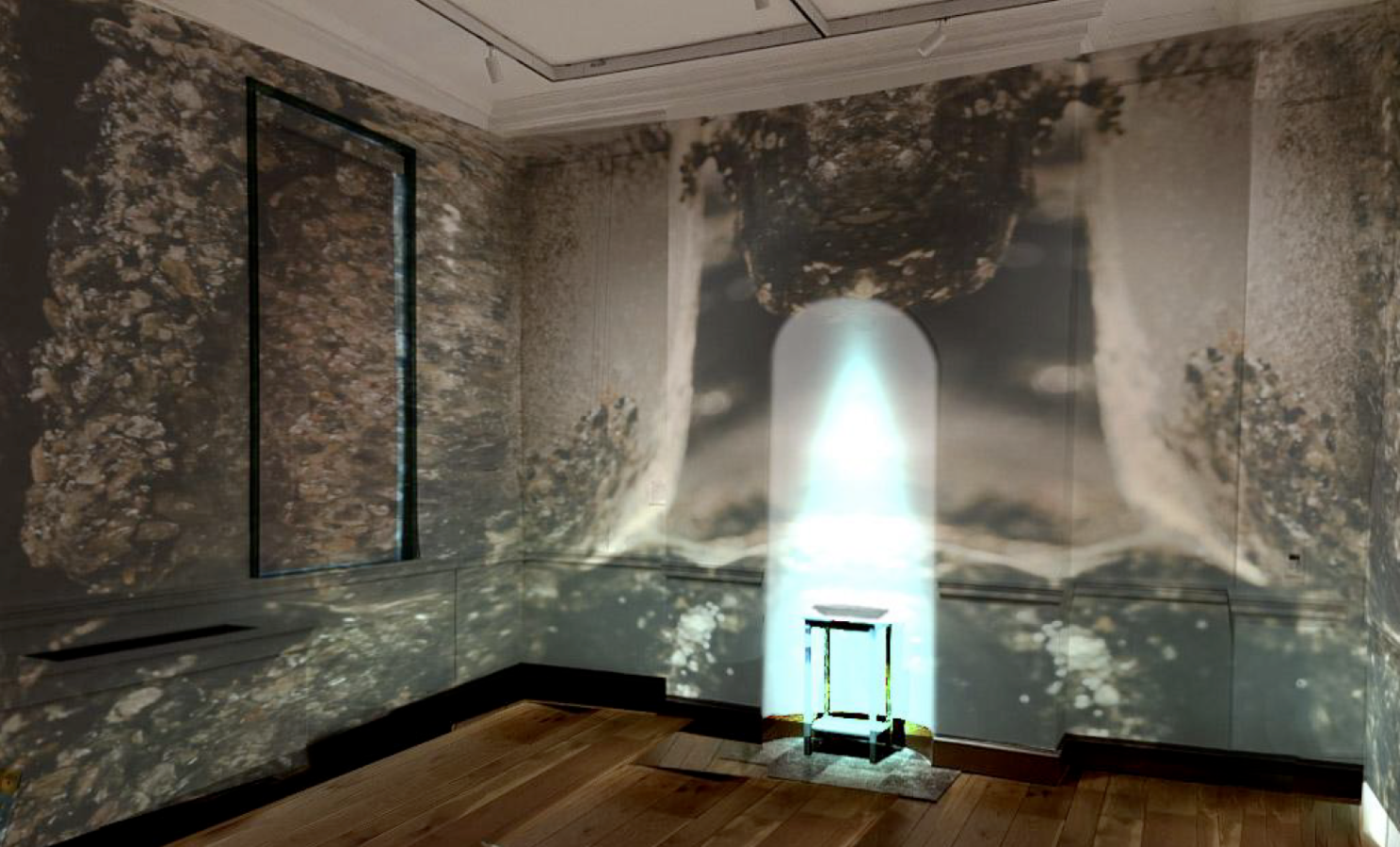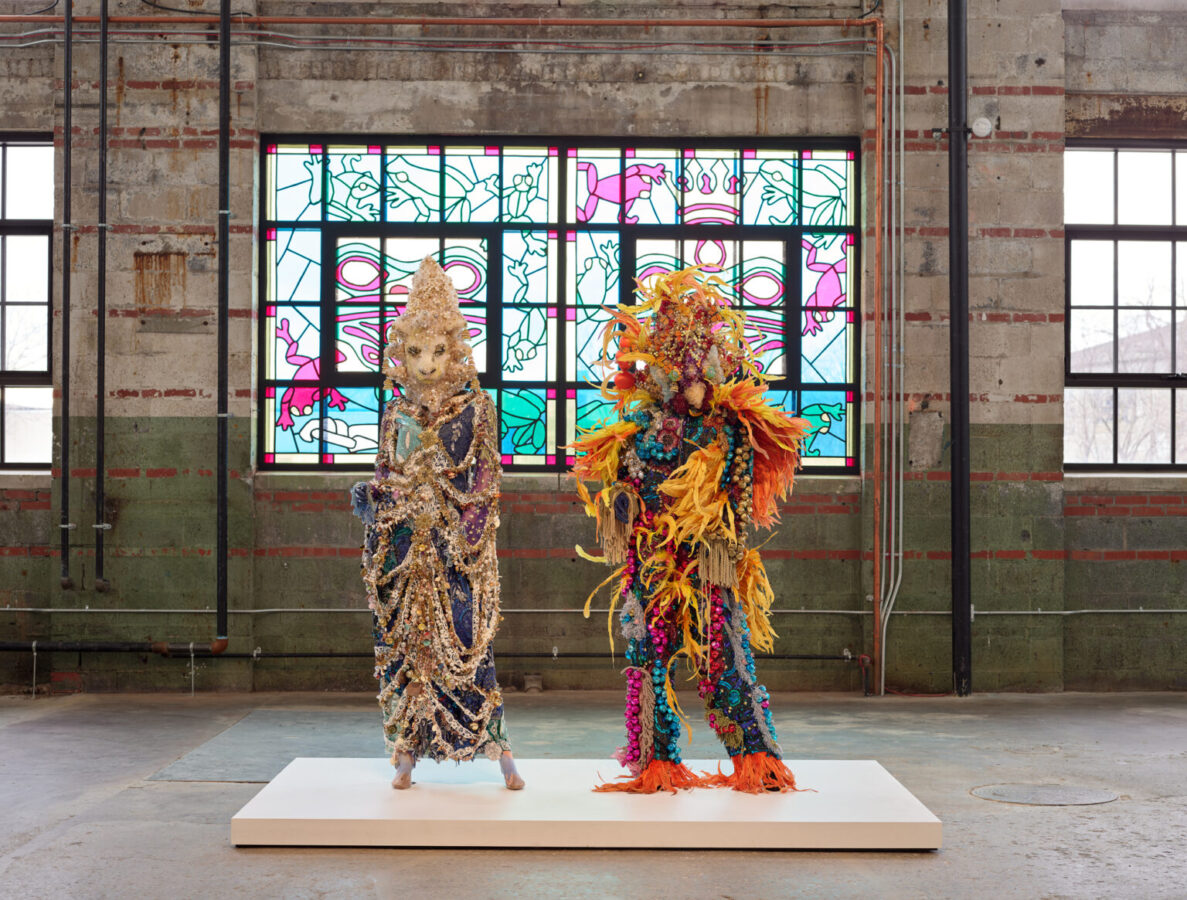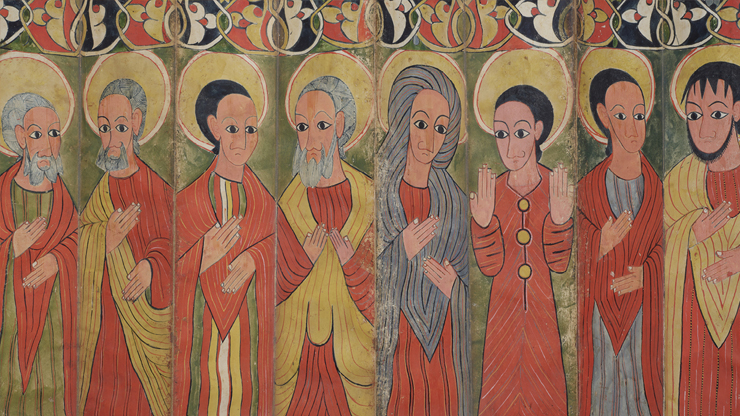Ethel’s Place and Belonging: Nicoletta Daríta de la Brown at Peabody Library
Ethel’s Place is up through March 31, 2024 in the Exhibit Gallery
Nicoletta Darita De La Brown: Be(longing) is up November 14 – December 1, 2023 in the Reading Room
Viewing Hours: 10 am – 5 pm, Tuesday, Nov. 14 – Friday, Nov. 17, Monday, Nov. 20 – Wednesday, Nov. 22, Sunday, Nov. 26 – Friday, Dec. 1
Admission is free for both exhibitions
Ethel’s Place: Ethel Ennis (1932–2019) is among the greatest jazz vocalists of her generation. She spent her career rooted in and dedicated to Baltimore, yet many of us who share her hometown may be unfamiliar with her legacy today. Ethel’s Place, curated by Raynetta Wiggins-Jackson, offers a fantastic retrospective (and introduction if you need one) as it celebrates the singer’s remarkable life and her “storied” Baltimore music club, Ethel’s Place, which she ran with husband Earl Arnett.
Most of the 130 items featured in the exhibition previously belonged to the couple. Now a part of the Sheridan Libraries’ sprawling Ethel Ennis and Earl Arnett Collection, the photographs, posters, unpublished written arrangements, audiovisual recordings, and ephemera offer an intimate and unique chance to experience Ennis’ life through the very things that she and Arnett kept and treasured.
Nicoletta Darita De La Brown: Be(longing), Unveiling the Imprint of Black Women Hidden in Plain Sight
What happens when you put an artist in a library? This is the question the Winston Tabb Special Collections Research Center at Johns Hopkins University poses with the launch of its Public Humanities Fellowships. As one of the inaugural fellows, Baltimore-based experiential artist Nicoletta Daríta de la Brown sought the Black women.
After spending months exploring archives related to Ethel Ennis, Billie Holiday, African American real photo postcards, and other special collections at the Sheridan Libraries, de la Brown presents Be(longing): Unveiling the Imprint of Black Women Hidden in Plain Sight. Through video, self-portraits, and performance, de la Brown asks: Who are the Black women living in the archives? How can their lives and humanity be brought to light? How can I feel seen, and safe, as a Black woman? (Chelsea Lemon Fetzer)
